September 16, 2013
Dartlo to Telavi - 212km by Jeep Taxi, 10am to 3:30pm
Tushishvilli Guest House - 25 Lari per person, double with shared bath including breakfast
...As we got ready to leave, Natela pushed a large jar of homemade berry jam in my hands. She insisted it was a gift and didn't want to accept any money for it. And "next time," she said, "Next year, you stay here, no Lari". We did feel a connection and I know we would have been thick friends had we met at a different time and place. We gave each other a heartfelt hug and smooch and off we went.
The road was much muddier after last nights thunderstorm.
We stopped at Upper Omalo in hopes of finding more passengers. We asked at Tusheti Tower Hotel, where we stayed for 2 nights, without success. Natela's son made the rounds to each guesthouse. In the end, he found a local man who loaded his portable TV and other things in the back. He was moving down to Alvani for the winter and needed a lift.
More autumn colors lit up the mountains.
We arrived at Tushishvilli Guest House, at around 3:30pm. Svetlana handed us crispy clean linens and told us we have our same room, nice and spacious. We were happy. She was not cooking dinner so we headed to our old favorite place next door. Svetlana asked what our plan was for next day. We wanted to tour of several monasteries and wineries in the vicinity with "David" who had been recommended by Nora and her father. Svetlana called David. We lucked out, he was still available.
Eva, a solo traveler from Switzerland, asked if she could join us.
September 17, 2013
Telavi Winery and Monastery Tour - 9:30 am to 6:45 pm
David Luashivili: Russian and English speaking Driver and Guide
995-551-300620, 995-593-761216 davi.luashvili@gmail.com
Eva, from Switzerland, joined us on tour with David, a great guide & driver
70 lari for car & guide for the three of us. What a deal!
GRAPES, GRAPES AND MORE GRAPES
Morning Monastery Stops
Promptly at 9:30 am David, our driver picked us up. Eva is researching an article she is writing on Georgian wine. Turns out she is far from a wine connoisseur but has interest in Georgian wine and its history. Apparently Georgia is one of the oldest wine producing countries. Here, making wine goes back 6000 years. They have close to 500 varieties of grapes. Most are unique to Georgia but recently they have begun growing imported varieties like Cabernet and Merlo.
In any case, our first stop was Dzveli Monastery and churches. Next was Akhali Shuamta, now a convent. Eva and I had to wrap a skirt around us before we entered. It had enough remnants of frescoes left on the wall that, with a bit of imagination, one can picture how beautiful the inside must have looked at one time.
Stop #3 was Ikalto Monastery. It was interesting to see the different sizes of 'qvevri' (earthen jars used for wine fermentation and storage) every monastery appears to have.
Our driver/guide David enthusiastically rattled off dates and historic facts at every stop. At one point, the feelings of dreaded history class came flooding back to me. I asked David to tone down the details a bit, because, 15 minutes later, I will have forgotten the minutia and only have bad feelings left. Blame my history teacher. David took it well. In fact he was happy to get the feedback. Eva too added "I think we all feel the same way and I am glad you said something".
The Wineries
The Telavi valley has miles and miles of vineyards. All day long, we have been seeing and passing trucks and trailers either being loaded with, or hauling, the red and green fruit.
We stopped at several vineyards. Most are using both the traditional Georgian method of wine production and the more sophisticated European method. In the Georgian traditional wine making process, they do not separate out the skins, seed, or stems after crushing. All goes in the buried traditional earthenware "qvevri" to ferment. Some qvevris hold as much as 2500 liters. Every few hours, they open the top of the qvevri and stir the concoction with a pole.
The first winery is expanding the tour end of the business and has built areas to nicely display the process. One room has the buried qvevri with glass covers so you can see the liquid and grape particles floating in layers. As time and the fermentation process continue, most of the solids now floating on the top will settle to the bottom. Eventually,the best wine will be taken from the clear middle, and widest part of the qvevri.
Bold and Brash vs. Subtle and Delicate
Dave and Eva ordered a tasting. Three different grape varieties were brought in in bulk, one pitcher processed in the Georgian traditionally way and the other in the modern European way. Dave and Eva agreed that the qvevri wine had a stronger fragrance and full, but rough, first taste which dissipated rapidly. The wine fermented in towering stainless steel vats (European process) looked and tasted lighter and smoother and lingered on the lips, mouth, and tongue. The euro wine was more subtle and delicate. You can taste the subtle earthy hint of the stems and skins in the qvevri wine. Each variety, dry white, semi-sweet white, and dry red compared similarly. All were very, very young wine.
We were surprised that stores in this wine production area carry just a limited selection. But then we found out that most Telavians buy their wine in bulk, directly from the wineries, in 3 and 5 liter plastic jugs. It is very economical and reminded Dave of the 2-buck Chuck quality level they sell at Trader Joe's.
Fresh Trout and Fried Chicken
We had a fabulous lunch at the second winery. Eva and I loved the fresh trout pulled out of their pond. Driver/guide David ordered an egg and our Dave ordered katchapuri and “fried chicken”. When an entire chicken arrived, we were shocked. “Didn't you order fried chicken”, David asked? Of course, but we didn't expect an entire chicken. The Daves happily demolished most of the chicken.
We walked over to the tasting room. I participated in the tasting this time. I found a delicious wine called Duruji Valley 16/16. It is a semi-sweet full bodied, complex red wine. Dave said one of the 16’s refers, not surprisingly, to 16 percent sugar. The other 16 refers to the percent alcohol.
The manufacturer describes the 16/16 wine as follows; This red wine is a type of liqueur produced by dried saperavi grapes that has an added spirit of wine. It is matured for 6 months in an oak cask. The wine has distinguished dark pomegranate color and aroma with strong cherry and cinnamon influences.
It is Harvest Time
We stopped to take pictures at, in my opinion, the most impressive 16th century royal citadel and the Church of the Archangels perched on hill top above the town Gremli.
....It is harvest time and trucks with grapes piled high deliver their loads to the wineries. At our third and last winery stop, we pulled over at a long line of grape laden trucks queued at a weighing scale near the gate. Some had large plastic drums at the back of the bed collecting the juice dripping out the back as they waited their turn. The drivers handed us more grapes than we could eat, so delicious.
The Cavern
Not far from there, we visited the underground tunnels at Kvareli. 8 km of tunnels were dug into the mountainside by the Russians for weapon storage. The tunnels were never used for that purpose and turned out to be a perfect storage facility for wine. Gvirabi winery purchased the site and began to use them for storage and wine tours.
Our English speaking guide gave us a brief rundown on the history of the tunnels as we made our way to the tasting area a few hundred meters inside. They had crackers, cheese and nuts to accompany the tasting. The wine we tasted was nothing to blog about. But they had an incredibly tasty grape-seed oil which I surely would have bought, if I had a home to bring it too.
Qvevri, Giant Earthenware Vessels for Wine Fermentation
Earlier, I had asked David, our guide, if he knew of a place where they make the earthenware qvevri and he knew just the place and scheduled our visit as the last stop on our tour. This qvevri maker’s family has been making them for generations.
We stopped at a simple home with few healthy grapevines dripping with bunches of red grapes ready to be picked. About 6 humongous qvevris took up much of the grassy driveway and were ready for pick up.
The potter, a short stocky man, greeted us warmly. He took us to a dark room under his house where 8,1500-liter, qvevri were in process of being built. He told us he only makes them on consignment. When an order comes in, he starts working on them. The man who ordered the qvervi stored outside had died last week in a car accident, the potter told us sadly, and now he doesn't have a buyer. It took him 3 months to complete them. He builds them up by hand, in layers, so the weight of the wet clay doesn't deform the lower part of the Qvevri pot. He forms a section of about 8 inches and lets it dry for a few days. Then he adds another section. The steps are repeated until he has a complete qvevri. The door opening looked too small given the size of the Qvevri and the potter admitted he has to take the door and part of the wall out to remove the pots.
He has the kiln on the property somewhere but when we asked about it, he just pointed down the slope. He was not eager to show the kiln and we felt we had already imposed on enough of his time.
Eva said the qvevri remind her of a stomach. She crawled in a completed one to demonstrate the size. They are immense. They sell for around $800 a piece. The potter voiced concerns that soon there will be no demand for the jars. He is only one of four potters left who make them.
At around 7 pm Dave dropped us off at our guest house. It had been a fantastic day.
Tomorrow, David picks us up to take us to Davit Gareji (cave) Monastery then on to Sighnaghi, our next stop.
Cradle of Wine Making
Monday, September 16, 2013
 Telavi, Georgia
Telavi, Georgia
Other Entries
-
127 Days in Tbilisi
Aug 1730 days prior Tbilisi, Georgiaphoto_camera59videocam 1comment 5
Tbilisi, Georgiaphoto_camera59videocam 1comment 5 -
2Telavi or Tel Aviv?
Sep 097 days prior Telavi, Georgiaphoto_camera12videocam 0comment 3
Telavi, Georgiaphoto_camera12videocam 0comment 3 -
3Long and Windy Road to Tusheti
Sep 115 days prior Omalo, Georgiaphoto_camera27videocam 3comment 9
Omalo, Georgiaphoto_camera27videocam 3comment 9 -
4Tusheti: Dartlo, Chesho & Kvavlo
Sep 133 days prior Dartlo, Georgiaphoto_camera46videocam 4comment 9
Dartlo, Georgiaphoto_camera46videocam 4comment 9 -
5Cradle of Wine Making
Sep 16 Telavi, Georgiaphoto_camera48videocam 2comment 8
Telavi, Georgiaphoto_camera48videocam 2comment 8 -
6Monastery in the Desert
Sep 182 days later Davit Gareja, Georgiaphoto_camera27videocam 1comment 3
Davit Gareja, Georgiaphoto_camera27videocam 1comment 3 -
7City of Love
Sep 193 days later Sighnaghi, Georgiaphoto_camera9videocam 0comment 1
Sighnaghi, Georgiaphoto_camera9videocam 0comment 1 -
8Booking a Russian MI-171 Helicopter
Sep 204 days later Tbilisi, Georgiaphoto_camera4videocam 0comment 1
Tbilisi, Georgiaphoto_camera4videocam 0comment 1 -
9Choppers, Honeymooners, & Glaciers
Sep 2711 days later Mestia, Georgiaphoto_camera55videocam 1comment 10
Mestia, Georgiaphoto_camera55videocam 1comment 10 -
10Shooting Roots in Tbilisi
Dec 0984 days later Tbilisi, Georgiaphoto_camera22videocam 0comment 0
Tbilisi, Georgiaphoto_camera22videocam 0comment 0

 Telavi, Georgia
Telavi, Georgia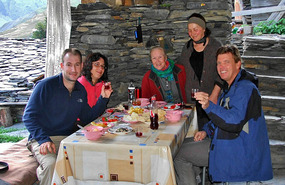
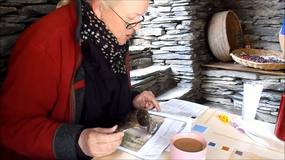
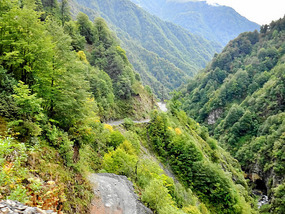
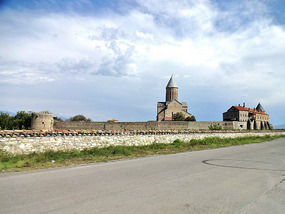
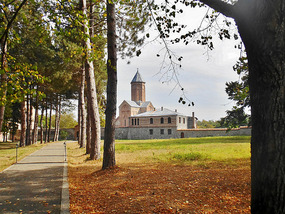
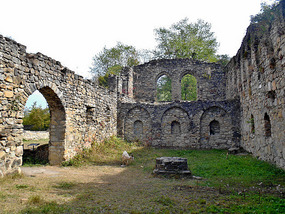
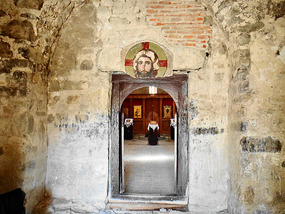
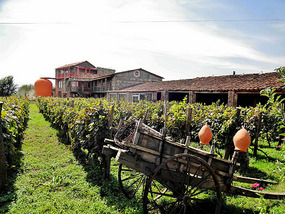
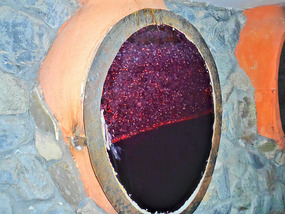
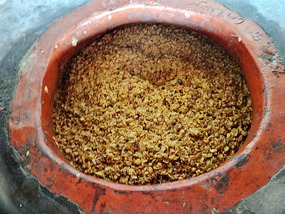
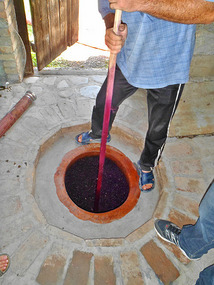
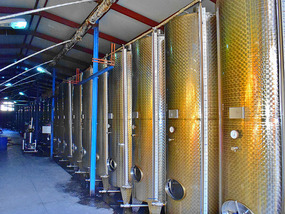
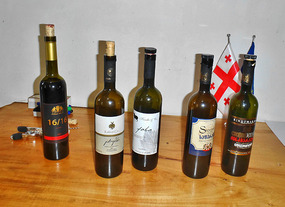
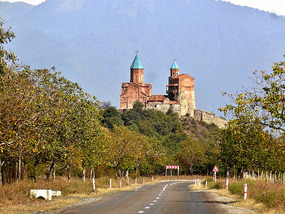
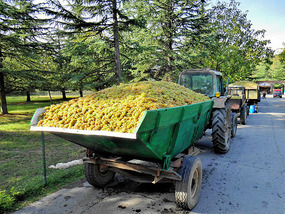
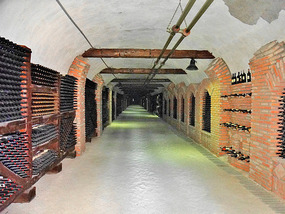
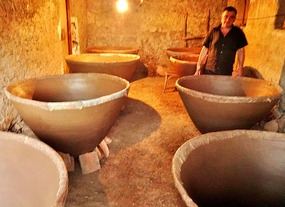
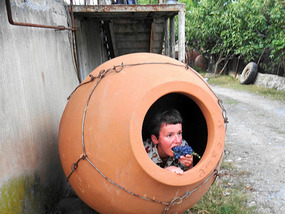

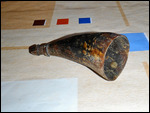
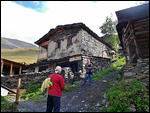
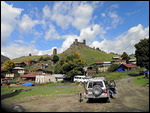
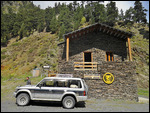
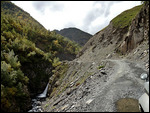


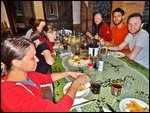
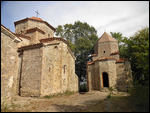
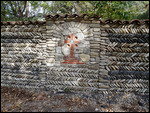
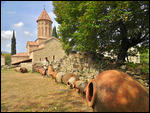
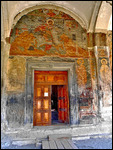

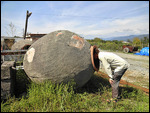
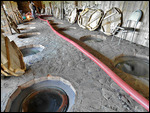
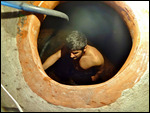

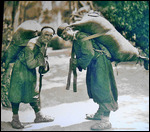
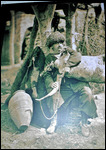
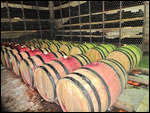
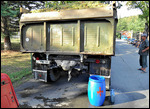

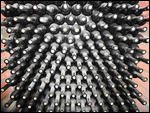


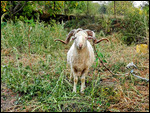
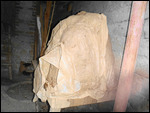
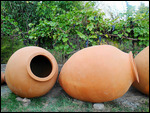
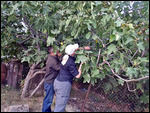

2025-05-23